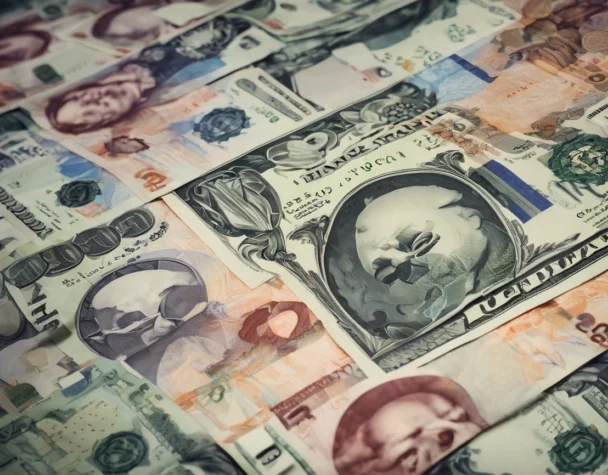
Yen Slides and Ruble at Risk as FX Traders React to Shifting Trade Dynamics
Mon, May 26, 2025Euro Climbs While Dollar Rebounds on Eased Tariff Threats
The euro recently surged to a three-week high of $1.1382 after U.S. President Donald Trump extended the deadline for concluding a trade agreement with the European Union from June 1 to July 9. This delay reduced the likelihood of an imminent 50% tariff on EU goods, lifting sentiment toward the euro. Market participants welcomed the reprieve, viewing it as a sign of thawing tensions between Washington and Brussels.
Simultaneously, the U.S. dollar regained ground against the Japanese yen, rising to ¥143.08. This reversal signals a shift in investor sentiment away from traditional safe-haven currencies like the yen and Swiss franc. With geopolitical risk appearing momentarily contained, the dollar benefited from improving expectations around U.S. growth and monetary policy resilience. Reuters reports that broader dollar strength is also supported by increased demand for U.S. assets in light of elevated global uncertainty.
Yen and Ruble Diverge as Policy Risks Mount
The Japanese yen continues to weaken, trading near 142.56 per dollar, as investors digest the outcome of upcoming bilateral talks between Japan’s Finance Minister Katsunobu Kato and U.S. Treasury Secretary Scott Bessent. These discussions will focus on maintaining exchange rate stability and limiting volatility—key concerns amid speculation about currency manipulation and macro policy divergence.
On the other end of the spectrum, the Russian ruble faces fresh headwinds despite having gained over 40% earlier this year. Analysts now view the ruble as significantly overvalued, currently hovering near 80 per U.S. dollar. According to Reuters, the Russian government would find a weaker ruble—closer to 100 per dollar—more suitable to support state revenue in the face of falling energy prices and growing fiscal deficits. If peace talks falter or global oil prices drop further, markets expect rapid downward pressure on the ruble.
Risk Currencies Show Stability as Investors Return to Growth Bets
The British pound and Australian dollar are both showing signs of stability, trading at 1.3534 and 0.6496 against the U.S. dollar, respectively. These levels suggest a modest rebound in risk appetite. Investors are cautiously moving back into higher-yielding currencies, encouraged by easing trade tensions and central banks signaling a pause in rate hikes.
Meanwhile, the Canadian dollar has strengthened 5.4% over the past quarter, now at 1.3729 USD/CAD. Despite subdued domestic growth and falling oil prices, the loonie remains supported by reduced reliance on the U.S. dollar and increased foreign interest in Canadian reserve assets.
As central banks and trade negotiators shape the path forward, FX markets will likely remain sensitive to policy statements, inflation outlooks, and energy price shifts. Traders are advised to monitor official statements and geopolitical developments closely in the weeks ahead.

